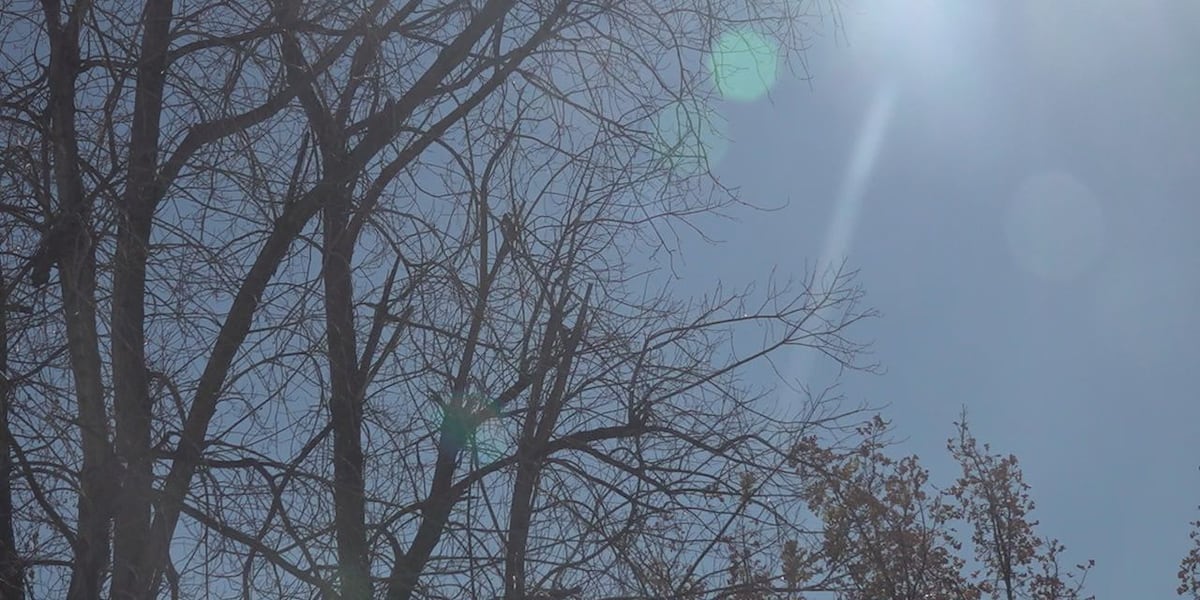Western South Dakota’s ample sunshine comes with caveats for solar energy
November 7, 2024

RAPID CITY, S.D. (KOTA) – Climatologically speaking, Western South Dakota is one of the sunniest parts of the Nation.
“The eastern side of the Black Hills is kind of notorious for having a lot of sunshine,” Dr. Darren Clabo, South Dakota State Fire Meteorologist, said, “300 some-odd sunshine days a year.”
With that in mind, our fusion reactor in the sky can be a lucrative energy source.
Jacob Van Cleave is a grad student studying wildfire growth in the meteorology program at the South Dakota School of Mines and Technology, where Dr. Clabo teaches. He used his research and a forecasting internship with an energy company to study the impact of wildfires on renewable energy.
“We have longer periods of those clear skies,” Van Cleave says, “We have more direct contact with peak solar heating; we’re pretty similar in the rate of the energy production you would get in Florida.”
But with all the dry weather and sunshine that’s happened, there is a caveat, Dr. Clabo explains.
“Over the past ten years, we’ve seen an increase in the number of fires across the Western United States,” Clabo said, “And so, the smoke production has also gone up considerably.”
And the longer this pattern goes on, those looking to capitalize on solar energy have some things to consider because of how solar cells work.
“If you cover up a solar panel, think of a three-by-three or four-by-four sized solar panel with a penny, you reduce (the solar panel) to one percent of generation,” Van Cleave explained, “The way the cells work … they’re interlocked together. If you block one cell, you only get the charges that jump from the one cell to the next.”
When you relate these effects to wildfires, this is how smoke and ash affect solar panels:
“When you get wildfire smoke, those particles not only stick if they fall and act like a sediment – stick on to the panel – not only will they affect how efficiently that panel can absorb energy from the sun, you’ll also have solar rays hitting those particulates in the atmosphere and reducing production 20 to 50 percent depending on how extreme the smoke case is,” Van Cleave said.
There is at least something those using solar panels can do to take care of what touches the panel during a smoky wildfire. Van Cleave says they can work with the Environmental Protection Agency to find a company that can professionally clean them.
See a spelling or grammatical error in our story? Please click here to report it.
Do you have a photo or video of a breaking news story? Send it to us here with a brief description.
Copyright 2024 KOTA. All rights reserved.
Search
RECENT PRESS RELEASES
Related Post




